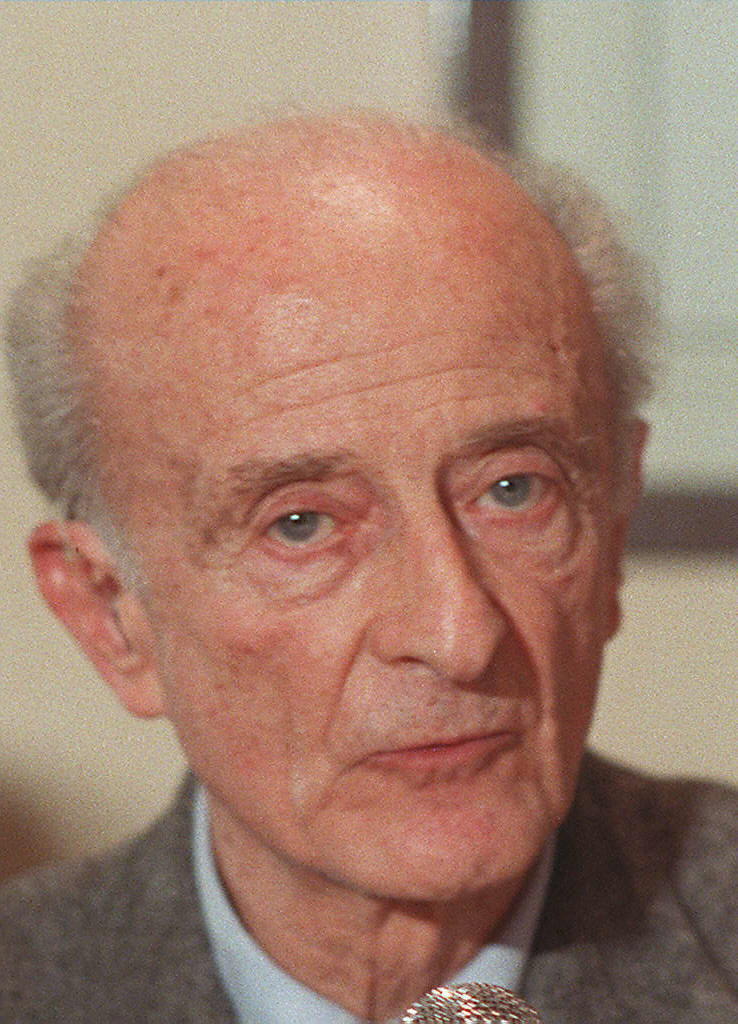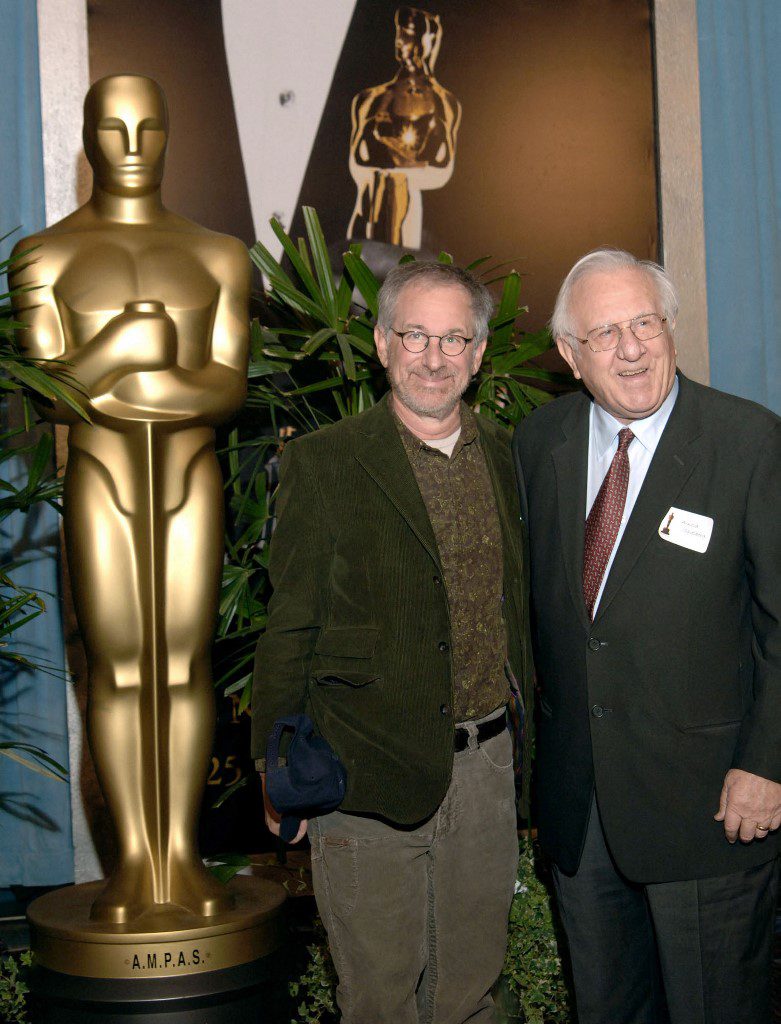American cinema allocated ample space for pro-Zionist movies and left such a tiny space for movies supporting the Palestinians that these could not move the American public opinion to look fairly at the Palestinian cause.

Nabil Mohamed
Introduction
Hollywood has always played a pivotal role in shaping Western, especially American, awareness of the Palestinian cause. Hollywood’s role was not limited to producing movies that addressed the Palestinian-Israeli conflict since Hollywood stars also impacted audiences and people’s opinions through their statements on the conflict. While some stars encourage their fans to stand by the Palestinians, others call on theirs to support Israel’s operations and plans inside Palestine.
For instance, the events that transpired in the Sheikh Jarrah neighbourhood in Jerusalem and the ensuing clashes in Gaza drew the attention of world-class stars. At the time, many sided with the Palestinians – an exceptional phenomenon, as this was unusual in the capital of cinema. Among these celebrities were Oscar-winner Viola Davis, Lena Headey, Jack Falahee, Mark Ruffalo, the Israeli Natalie Portman, and other Hollywood movie stars and filmmakers.
Historically, most American cinema productions favoured Israel, in contrast to a few occasional movies, which relayed a different view of the conflict. This may be due to the association of Hollywood production companies with Israel. Numerous books and studies indicate that Jews from Europe established dozens of production houses and studios in Hollywood.
Jews in Early American Cinema

Hollywood’s approach to the Palestinian cause cannot be addressed without linking it to the development of the Jewish movie character. At the turn of the 20th century, Hollywood’s silent cinema had a solid presence of a Jewish character. The stereotypical Western image of Jews inspired these characters and assigned them specific features: Jews were cunning and affluent. They were also strangers who scared people. Obvious physical exaggerations also marred the Jewish character depicted in cinema: Jews had large noses, curved backs, and sharp facial features.
This image was popularised by European literature dating further back, such as William Shakespeare’s famous play The Merchant of Venice, which featured the character of the Jewish moneylender Shylock. This character was stereotypical, as his characteristics were reflected in hundreds of other characters in cinematic and TV works in later eras. Dozens of Jewish characters were presented in silent cinema, such as the short movies Cohen’s Advertising Scheme, produced in 1904, and Jewish Luck, in 1925.
The image gradually changed as immigrant Jewish businessmen migrated to the United States, working for and establishing major movie production houses. The list includes MGM, Paramount, Columbia Pictures, Warner Bros and other companies still leading in the mass production of various art forms.
When the image changed, the stereotypes of the wealthy, stingy and exploitative merchant evolved into sympathetic Jewish characters. Among the movies that shifted the perception of the Jewish character in American cinema were Threads of Destiny in 1915 and The Jazz Singer in 1927.
The Jewish character was absent from Hollywood in the 1930s and 1940s. Some researchers attribute this to the Jewish desire to integrate Jews into American society instead of portraying them as distinct personalities united by the Jewish character and its stereotypes.
Later on, especially after the Holocaust, American cinema paid more attention to the appearance of Jews as victims before giving prominence to the project of Israel in Palestine. Dozens of movies played a vital role in conceptualising the image of Israel, Arabs and Muslims in the American and Western mindset. On the other hand, there was no longer a stereotypical image of Jewish characters other than those displayed within the Israeli political project.
In the 1940s, Hollywood’s efforts focused on producing pro-Israel movies and supporting the emigration of Jews to Palestine but also on campaigns supporting Israel, led by major Hollywood studios and personalities. These campaigns pressured the United Kingdom to acquiesce to the Jewish demands. Campaigns were organised to support notorious Jewish gangs for their crimes against Palestinians. One such organisation was the Irgun, which has been proved responsible for massacres against Palestinians.
Marlon Brando has been a regular speaker at these campaigns and was an advocate for fundraising for Irgun. Although Brando was later known for his different stance; supporting the Palestinians, defending just humanitarian causes, and against racism.
Post-World War II Cinema

After World War II, American cinema was inclined to take the Jewish cause more seriously. Jewish movie producers in Hollywood began developing tools for presenting ideas, stories and characters. Movies focused on interrelated issues, such as escaping and hiding from the Nazis, Jewish refugees in camps in the US and elsewhere, and emigration to the new homeland. This last point was defended in various movies by Jewish and non-Jewish directors.
In 1948, Oscar-winning American director Fred Zinnemann presented The Search. The movie tells the story of a Czech-Jewish mother in search of her son, who was lost in the war. The story covers the tragedy of Jewish children in Europe and the human responsibility toward them. The children appear terrified, even of relief workers, because of the Nazis’ violent persecution.
The movie does not focus on pitying the Jews but presents an issue that seeks a solution. It depicts thousands of children looking for shelter in an artistic form that resembles an apology to the victims and indicates the need to define responsibilities for the future.
In the 1950s, many movies promoted the cause of building the Jewish state in Palestine. They presented stories in a classic propaganda-filled manner. The message focused on the Jews’ escape from the Holocaust and the need to build a homeland in Palestine. In this period, Palestine always appeared in line with historical Jewish propaganda and the narrative found in Zionist literature — Palestine is primarily empty land, inhabited by some ignorant people without an actual state.
The 1953 movie The Juggler, based on the novel by Michael Blankfort, is considered an example of this propaganda and is the first movie to be shot entirely in Palestine. The movie chronicles the life of a Holocaust fugitive who seeks his new homeland in Palestine.
Exodus: The Most Influential Movie
In 1960, the Jewish director Otto Preminger presented his movie Exodus, which became one of the most significant movies relaying the American vision of Israel. Based on Leon Uris’ novel of the same name, it tells the story of thousands of Jews displaced from Europe to Palestine. Among them is Ari Ben Canaan, a leader in the Haganah Jewish gangs.
The movie portrays the struggle of a large group of oppressed Jews for their national homeland in Palestine, their struggle to achieve their dream, and their struggle against the British to obtain their rights.
The movie is pivotal in the history of Zionist propaganda movies, capable of influencing Western audiences and creating sympathy for the Jews fleeing the inferno of massacres to a land in which they search solely for stability. However, they collide with the ‘brutality’ of the Palestinians, wanting to kill all aboard the ships. Yet, the Jews’ belief in Zionism eventually led them to victory.
The scenes revolve around Jewish immigrants travelling the sea and their detention on an island where they are imprisoned but eventually reach salvation. The movie navigates various stages of the struggle to achieve the final victory: establishing the Jewish state.
The movie received significant attention from critics and praise from Jewish communities in Hollywood. It was nominated for several Academy Awards and won the Best Music Award. The music was vital in bringing the story closer to the audience and influenced emotions, especially in the pivotal scenes.
Although critics did not object to the apparent propaganda in the movie, its impact remained evident in cinema. It is impossible to discuss the history of the Zionist influence in American cinema without touching upon this movie.
Israel in Modern American Cinema

Movies involving components that mimicked Zionist propaganda prevailed at Hollywood studios, varying in numbers from one decade to another. These movies had a less significant impact than the new style of movies that followed and portrayed Israel and its conflict with the Arabs and Palestinians from a different perspective. This new perspective began by acknowledging the importance of using stereotypes and blatant political propaganda. In the last two decades, the issue has become part of modern productions, which had a significant presence and impact on Western or at least American society.
American director Steven Spielberg is one of the prominent directors who have made such movies. His movie Munich, produced in 2005, is one of the most important movies approaching the Arab-Israeli conflict from a perspective relatively different from the usual classics in Hollywood.
The movie drew criticism from various Israeli and Palestinian parties. On the one hand, it portrayed the Israelis as victims because of their ordeal. Holocaust victims appear as they defend their existence and have children who will continue their parents’ journey in defence of the Jewish state. On the other hand, the movie depicts the concept of revenge and responding to terrorism with terrorism through the successive assassinations of Palestinian leaders responsible for the 1972 Munich operation, during which 11 Israeli athletes, who were going to participate in the Olympic Games in Germany, were killed.
The movie is different and doesn’t align with Hollywood’s well-known Zionist propaganda films. Its main point of focus is fighting terrorism with terrorism. It views all assassinations equally. However, Israelis committing violence have more balanced and solid psychological, physical and intellectual characteristics. Finally, the movie deals with the events of 9/11, referring to the results of violence and counter-violence.
Spielberg may be one of the most influential directors to discuss the Holocaust and the historical injustice – prompting the Jews to aspire to build a state in Palestine – in accordance with his and Western literature’s vision. However, in Munich, he portrays all political players as criminals whose actions will only lead to more violence. The movie may not entirely amount to the justice the Palestinians await in Western cinema. Yet, it does not follow the political propaganda that has been a staple in American cinema for decades.
The 2010 movie Miral, directed by American director Julian Schnabel, is entirely different from other Hollywood productions about the Israeli-Palestinian conflict. Its characters and events point the finger at Israel for all the human devastation that is befalling the Palestinians. The Palestinian character appears as a humane figure, seeking a just cause that revolves around sheltering and educating children.
The movie is based on the autobiography of journalist Rula Jebreal, who grew up in one of the children’s homes established by a Palestinian humanitarian activist. The movie revolves around Jebreal as a child and about two thousand deprived Palestinian children who had to confront the Israeli bulldozers building settlements.
The movie was screened at the UN General Assembly. It received ample Israeli criticism, official complaints and accusations of UN complicity in promoting the movie. The film was not a purely Hollywood production but was a joint French-Israeli-Italian-Indian production. It can hardly be seen as a breakthrough as the majority of productions in world cinema portray the Palestinian cause from an Israeli perspective.
Natalie Portman

Israeli-American actress Natalie Portman is controversial in Hollywood. The Oscar-winning actress is known for her stance against Israeli practices in Palestine. Portman refused an Israeli award of $1 million in 2018 in protest of Palestinian casualties of the Israeli army in Gaza.
Portman, from time to time, attempts to substantiate her political stance. She has directed the movie A Tale of Love and Darkness, based on the story of Israeli writer Amos Oz, which aligns with Portman’s perspective.
The movie tells the story of the author’s mother, who lived in Israel. The events take place before and after the establishment of Israel. The movie tends to depict friendly relations between Arabs and Jews, which is its primary drawback addressed by Arab critics, as this idea was presented in an artificial, unconvincing way. In the movie, the young writer tells his Arab neighbour: “This place accommodates everyone.” Through the words of a seven-year-old child, the plot seems to attempt to show the possibility of a joint life for Arabs and Jews in Palestine.
Despite the stance of its director, known for her opposition to Zionist propaganda movies, the film did not convince Arabs. The movie shows the Jewish injustice that led to the establishment of Israel. It neglects the Palestinian narrative, looks at events through the eyes of a Jewish writer and chronicles history using the novel as a reference.
The movie blames Europeans for the war between Arabs and Jews in Palestine, a classic Hollywood concept on which dozens of movies have focused. According to Arab and Western movie critics, this classic aims to show both sides as victims. This narrative is supported neither in Arab literature and history books nor by many Israeli theorists, especially since this vision revokes the idea of Palestinian hostility towards them and their ‘historical right.’
The movie did not achieve success and received meagre reviews. Most critics called on Portman to stick to acting and refrain from directing.
In conclusion, it can be said that American cinema allocated ample space for pro-Zionist movies. Support Zionists’ rights to establish their state and support this state and all of its practices was the constantly relayed message. While this cinema sought to justify Israel’s behaviour, it demonised the Palestinians. It left such a tiny space for movies supporting the Palestinians that these could not move the American public opinion to look fairly at the Palestinian cause.
[1] – Nathan Abrams, The New Jew in Film, Rutgers University Press, 2012
[2] Hanan Omary, Israeli Character Depictions in Hollywood Films, (1948-2008) (American University in Cairo), 2016.
[3] Nathan Abrams – مرجع سابق
[4] Hanan Omary – مرجع سابق

